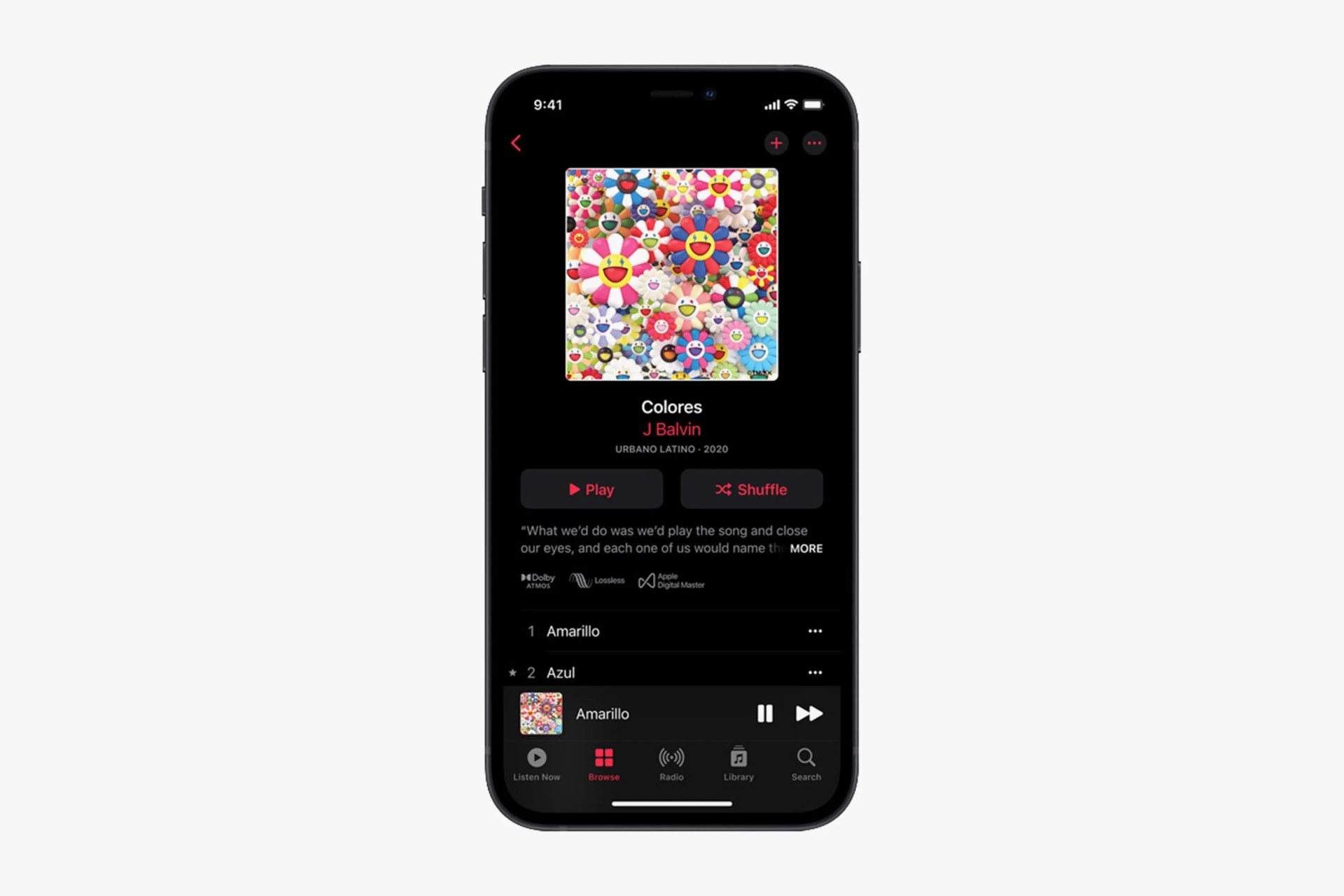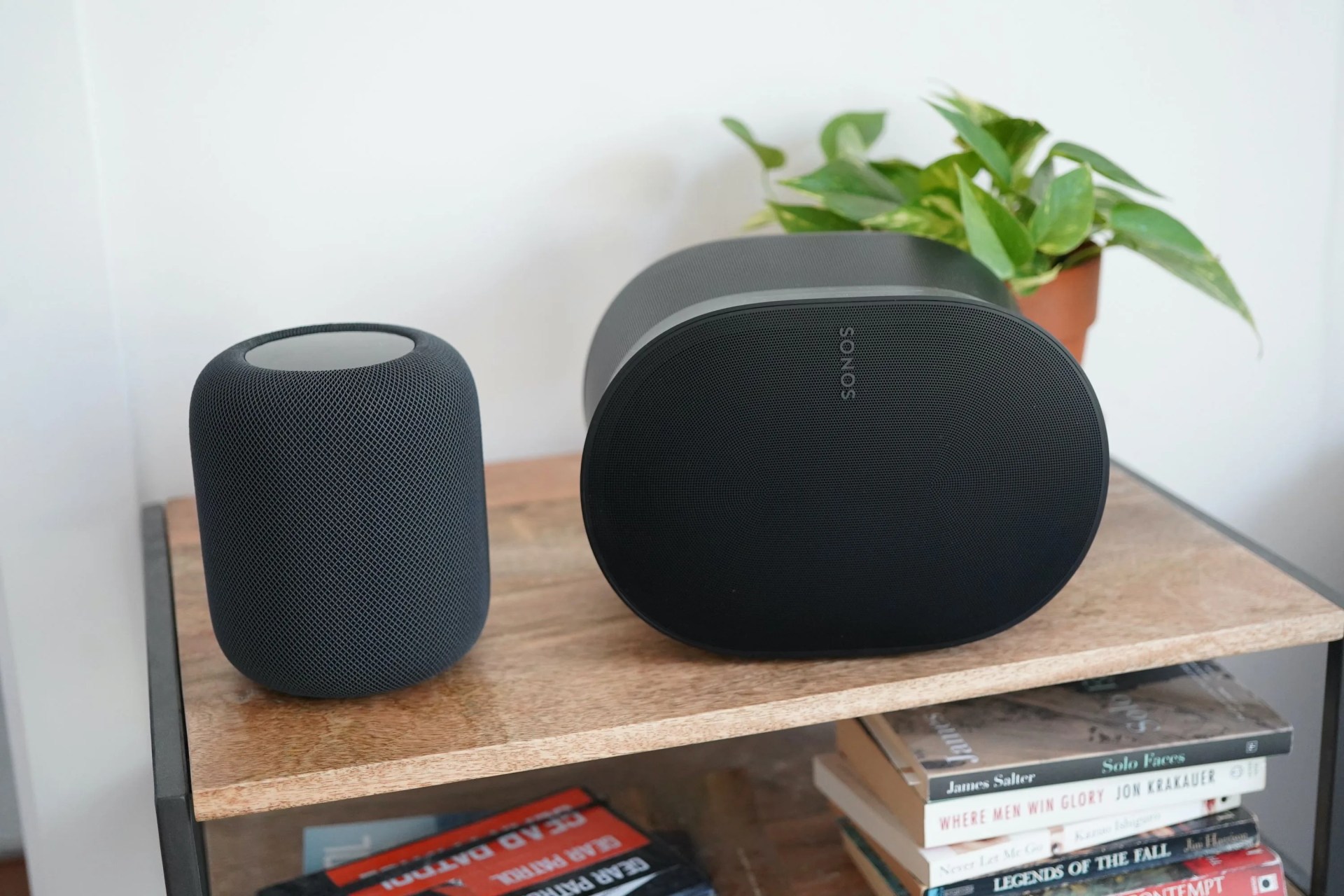The termlosslessis a big one inmusic streamingright now. Ever sinceApple Music rolled out lossless-quality tracksto its subscribers at no extra cost, it forced the hand of all the legacy lossless streaming services. Tidal, Deezer and Qobuz — they’ve all had to lower prices in the last year or more. Now, streaming lossless-quality audio is cheaper and more accessible than ever before.
But whatislossless music, anyway? Is it better than what you’re currently listening to? And can you even tell the difference with your current ears and equipment?
What does “lossless” mean?
Digitally downloaded or streaming music has traditional come in “compressed” forms, like the MP3 or more recently AAC, the format used by the iTunes Music Store.
In popular usage, “lossless” means the same quality as a CD.
These are files that have pointedly squished so they take up less storage space on your smartphone or digital music player. This squishing process is what’s known as “lossy.” The end result is missing detail that the previous, un-squished version had, specifically at the low and high ends, so that it doesn’t sound as crisp nor expansive.








